What Are the Best Alternatives to Blogging for Lead Gen?

I am a content marketer at heart, but I know that there are alternatives to blogging that can still achieve the same goals. Blogging is great, but it's also a long-term commitment and is slow to show results, because it relies on external ranking and outreach to gain serious traction. It can take years for a blog post to achieve the rankings it deserves, after all.
So, if you're looking for lead generation strategies and you want to get results more quickly, what options are available to you? There are a lot, so I'll go over them here.
Before digging in, though, I want to say that none of these necessarily replace blogging. They're alternative strategies, but there's no reason you can't use them all at the same time. In fact, the more channels you use across different types of media, the more they can feed back on each other and boost each other, for synergistic effects.
Yes, I realize that marketing budgets can only go so far, and you have to spend your money and time wisely. Just remember that a small investment into a supplementary strategy might be better than a whole-budget transfer from one to another.
Now, let's talk about alternatives to blogging that can be effective for lead generation, when done right.
Video Marketing
Video is huge these days. You have longer-form content on sites like YouTube, which can range from 10-15 minutes up to several hours, and people will sit there and watch 4-hour video essays on subjects they find interesting with no issue.
On the flip side, short-form video on YouTube Shorts, TikTok, Instagram Reels, Facebook Shorts, and other platforms is also extremely common. Ranging from 10 seconds to a couple of minutes, these videos can be short, punchy, easy to share, and effective at delivering a fast message.
Video can be very engaging. Just having the visual element is hugely beneficial, and audio allows people to focus on the content in a different context. Watching and consuming the content of videos uses different parts of the brain than reading and consuming written content, and some people find it more engaging or more valuable.
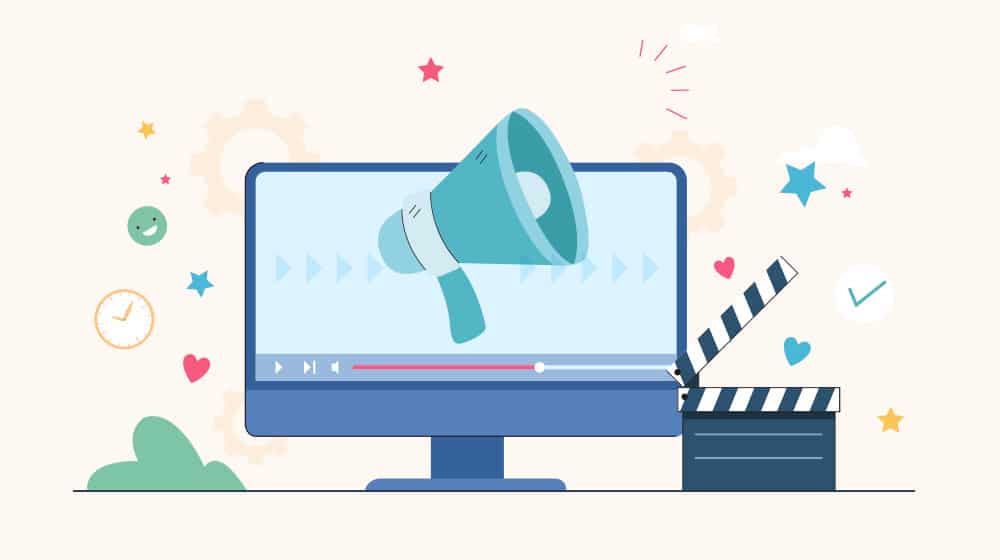
Using videos for lead generation can be tricky, though, because there are a few hurdles to overcome.
- Most of the time, video is going to be consumed on an external platform. You're reaching people on Instagram, on TikTok, on YouTube, and not on your website. Getting people to leave that app via your call to action is a very tall order, especially when a lot of these feeds force a transition right to the next algorithmically-chosen video without allowing a gap.
- Video production, while it's getting easier every year, is still a potentially expensive and time-consuming prospect. You need equipment like a decent microphone and camera (though phone cameras are often good enough these days). You need software to edit video and audio. You need the skills to use it all. It's even a different style of writing compared to blogging.
- Since video is usually consumed on external platforms, it's also extremely competitive. It's a lot harder to win followers and capture attention on a space like YouTube with video than it is in a limited selection of Google results for a keyword.
Despite all of this, if you manage to get video to work as a channel, it can be incredibly rewarding. It's just a fairly high barrier to entry and requires skill and luck to see results.
Podcast Marketing
Like video, producing your content in an alternative format can capture different audiences from different channels, and can hook people who prefer consuming their media in different ways.
Podcasts are a lot smaller in scope than video, but the people who love them are listening to them practically all the time. There are a thousand channels for distributing podcasts, and unlike blogging, where syndication is relatively rare and difficult, posting a podcast on a dozen different sites is easy.
Podcasts also synergize with both blogging and video. You can take a blog post and convert it into an audio format relatively easily, and it's also pretty easy to use the audio to make something in a video format, even if you aren't going all-in on video. YouTube is full of essentially visual-free audio recordings, after all.
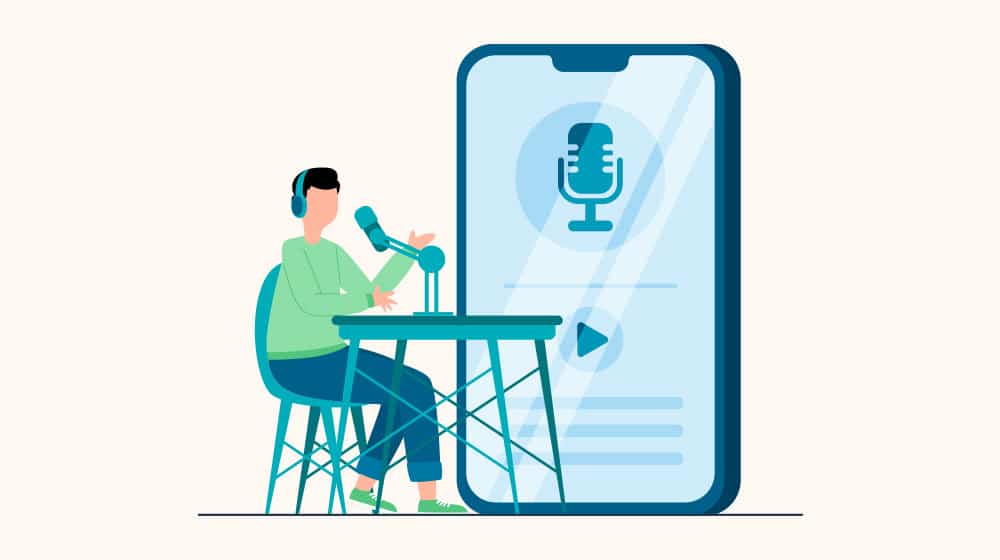
You can also use text-to-speech tools to do the reading for you if you don't have a good enough mic or aren't confident in your voice, accent, or speaking skills. Make sure to review it if you do, since they can do some weird things with pronunciation and make people lose confidence if there are too many mistakes, though.
The biggest hurdle with podcasting for lead generation is similar to video; people consuming it are going to have more hurdles to becoming a lead than with blogging. Think about it; if someone is listening to your podcast on their drive to work, even if they want to convert, they aren't going to be able to on the road. By the time they're done driving, they might have forgotten they wanted to convert, or convinced themselves otherwise.
If you're not up for producing a podcast of your own, you can also seek out industry and topic-relevant podcasts and ask to be a guest on them, to at least get your foot in the door of the format.
Social media marketing is often one of the go-to channels marketers turn to when they want something more than just blogging. There are a ton of options, too, though the field is smaller now than it was just a few years ago.
- Facebook Pages
- Facebook Groups
- Facebook Events
- Instagram Feeds
- LinkedIn Posts
- LinkedIn Groups
- Pinterest Collections
- Reddit Posting
- X
- Bluesky
Additionally, if you're able to work with other forms of media beyond text and some basic images (like, say, video), you can use social channels that have a higher barrier to entry.
- Instagram Reels
- YouTube
- Facebook Video
- TikTok
- Niche TikTok Clones like Lemon8
Social media marketing has some downsides, though. It's been saturated for a decade at this point, so it's very hard to gain traction organically. For a lot of these platforms, you essentially need to pay for their advertising if you want any exposure at all. Organically, you're also beholden to all of these different algorithms, which can be very difficult to try to follow.
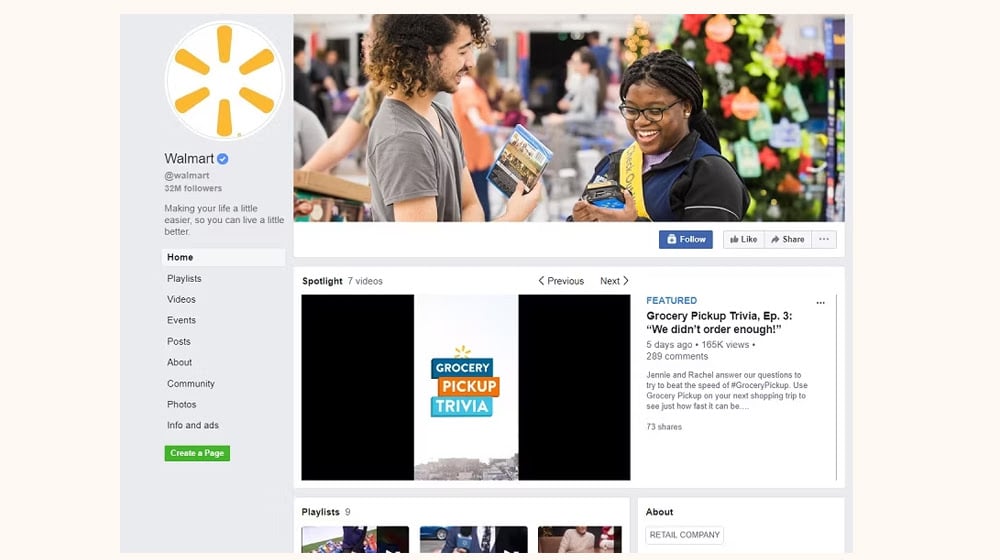
Social media can also potentially be expensive, especially if you're paying for tools to help you manage different platforms from one central dashboard. Not to mention the ad fees, as already covered.
Social media also has a lot more immediate needs and requires more attention. If people comment, you need to be available to respond quickly. If people are negative, you need to be able to address that negativity in a productive way.
Individual social networks also have their own problems. Facebook is increasingly filled with AI-generated spam and bot accounts that aren't valuable to you. X has a massive reputation problem. TikTok has the whole China thing. Reddit can be very unforgiving to attempts at marketing. It can be a lot to handle.
Source Outreach Marketing
Bloggers, journalists, and media creators all around the world are seeking leads and information, as well as reputable sources to quote in their content.
In order to connect journalists with experts, dozens of platforms have sprung up. HARO was one of the originals (rest in peace), but many others are still available, like Featured, SourceBottle, and Qwoted. I have a big rundown of them all here.

These platforms allow you to use your knowledge, credentials, and insight to build up more reputation, more links, and more citations across the internet. IT can be a very valuable way to help build your reputation and awareness of you and your brand, and can help bolster your site's SEO and value overall.
There are hurdles to using these sites for lead generation, as you might expect. You can't exactly use a call to action in a quote you're giving to a journalist. The links you get may or may not be useful, and if they are, they'll be general links to homepages or profile pages rather than landing pages or product pages.
Still, building up SEO value and reputation can be a force multiplier for other marketing you perform, so it's good to use either way. Plus, if you don't want to spend the time and effort doing it yourself, you can always hire someone like me to handle it on your behalf.
PPC Marketing
Probably the most effective – and most expensive – lead generation channel you can use is PPC marketing. Whether you're using Google Ads, social media ads through Facebook or another platform, third-party ad networks like BuySellAds or Outbrain, or all of the above, they all work essentially the same way.
Money goes into the machine, ads get served up, and you get leads.
Everything else is in the details. How much money can be adjusted, both by your budget and by how you optimize the details to make it more effectively spent. The ad copy you use can alter the kinds of people you attract and the leads you generate. The targeting options you use allow you to reach different groups of people with different messaging. You can even run ads with different targets other than pure lead generation, for different kinds of reach to different audiences.
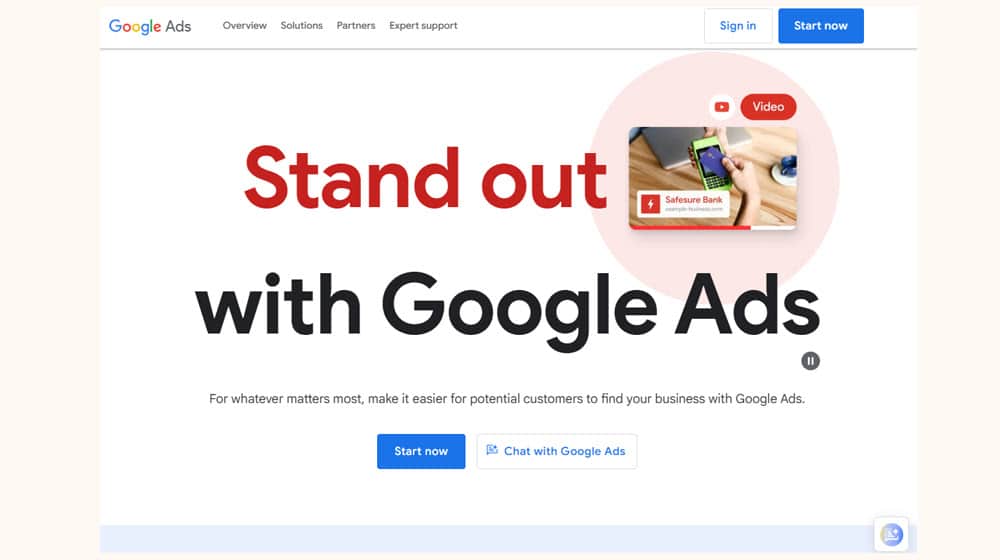
Truthfully, the biggest downside of PPC is simply that it only works as long as you're putting money into it. Channels like blogging, outreach, or video all produce content that stays where you put it, unless you take it down or something happens to it. PPC works while you put money into the machine. But it stops working the moment you stop paying for it.
It can be exceptionally useful, and I always recommend businesses use some of their marketing budget for PPC ads, but it shouldn't be your only channel if you want a long-lived presence in your industry.
Email Marketing
I often recommend email and newsletter marketing. It's one of the very few marketing channels you have available to you that is not dependent on another platform or an algorithm. There's no Google or Facebook software in between you and your audience determining who gets your emails. There's no third-party platform that could decide you violate their terms and cut off your access. There's just you, the emails you create, and the list of recipients.
That said, email marketing is hard. Open rates are dire, people frequently don't engage with what they find in emails, and email attrition is very real. You also have to have other channels to get people to sign up for your newsletter in the first place. It is, almost by definition, a supplementary channel.
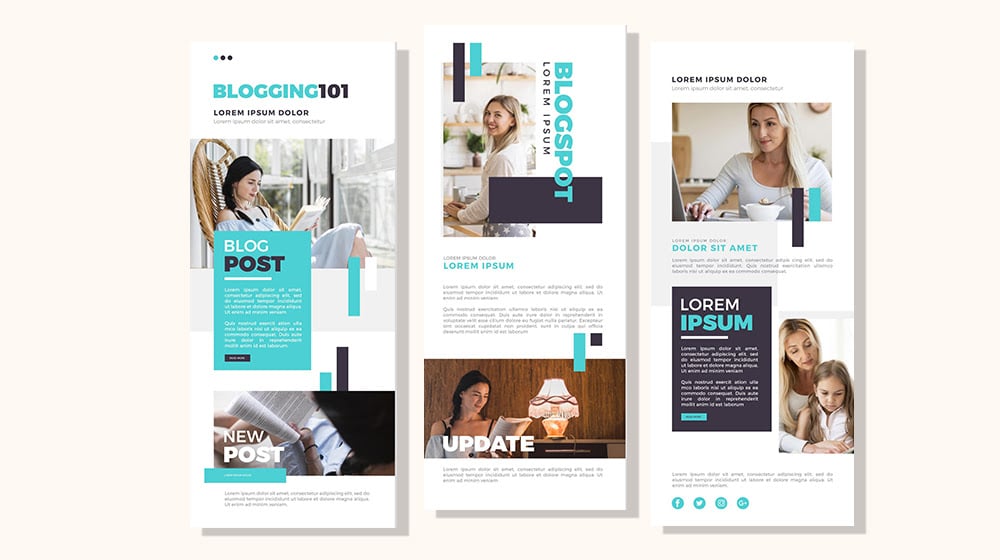
Fortunately, it's pretty easy to spin up and keep rolling, and unlike algorithmic channels, people often appreciate fewer emails, and you don't need to weaponize volume to overcome limitations.
Additional Alternative Channels
I've covered the major options, but there are plenty of others you can consider as well.
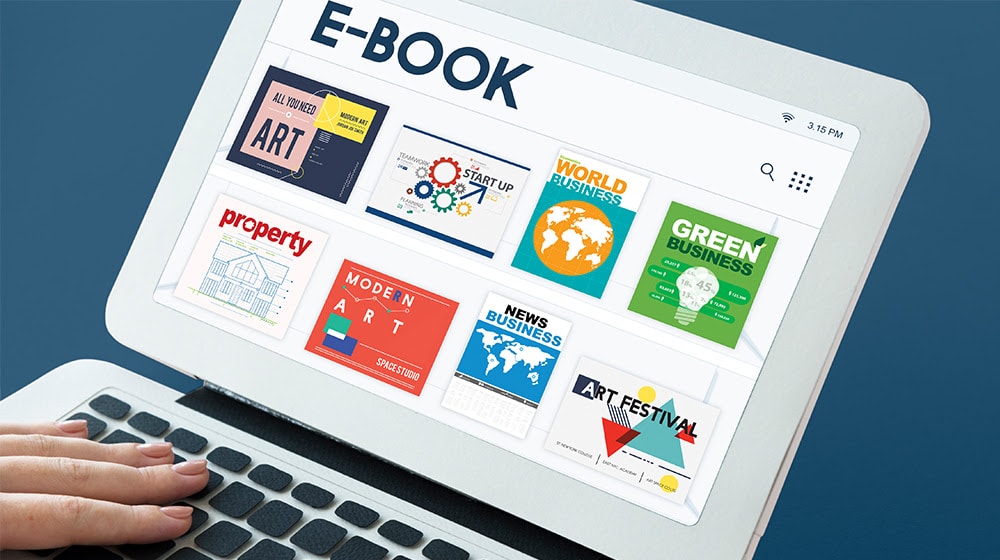
Some of your options include:
- Books and eBooks, which are similar to blogging in that they're written content, but can be more valuable and deeper resources, and serve as better lead generation tools.
- White papers, reports, and case studies. Leveraging your customer base, your data access, or your analysis, you can create resources for others to use, which can be secondary lead generation tools.
- Tools and apps. Developing small widgets, single-task tools, or task-focused apps can be great for lead generation as well.
- Putting yourself out there. Attending trade shows and conventions, schmoozing with other people in your industry, and giving speeches can be other effective channels, if you're the type to thrive in that environment.
I don't believe that anything on this list should fully replace blogging, and I'm not just saying that because I run a content marketing agency. But the more channels you can reliably and effectively use, the better your overall marketing presence will become.



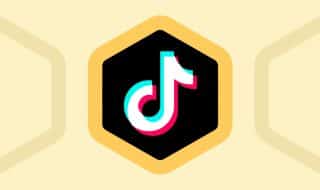

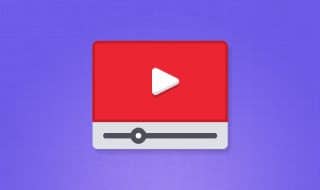

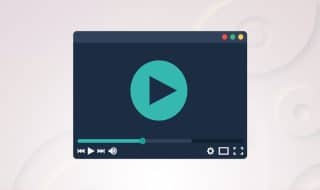


Comments